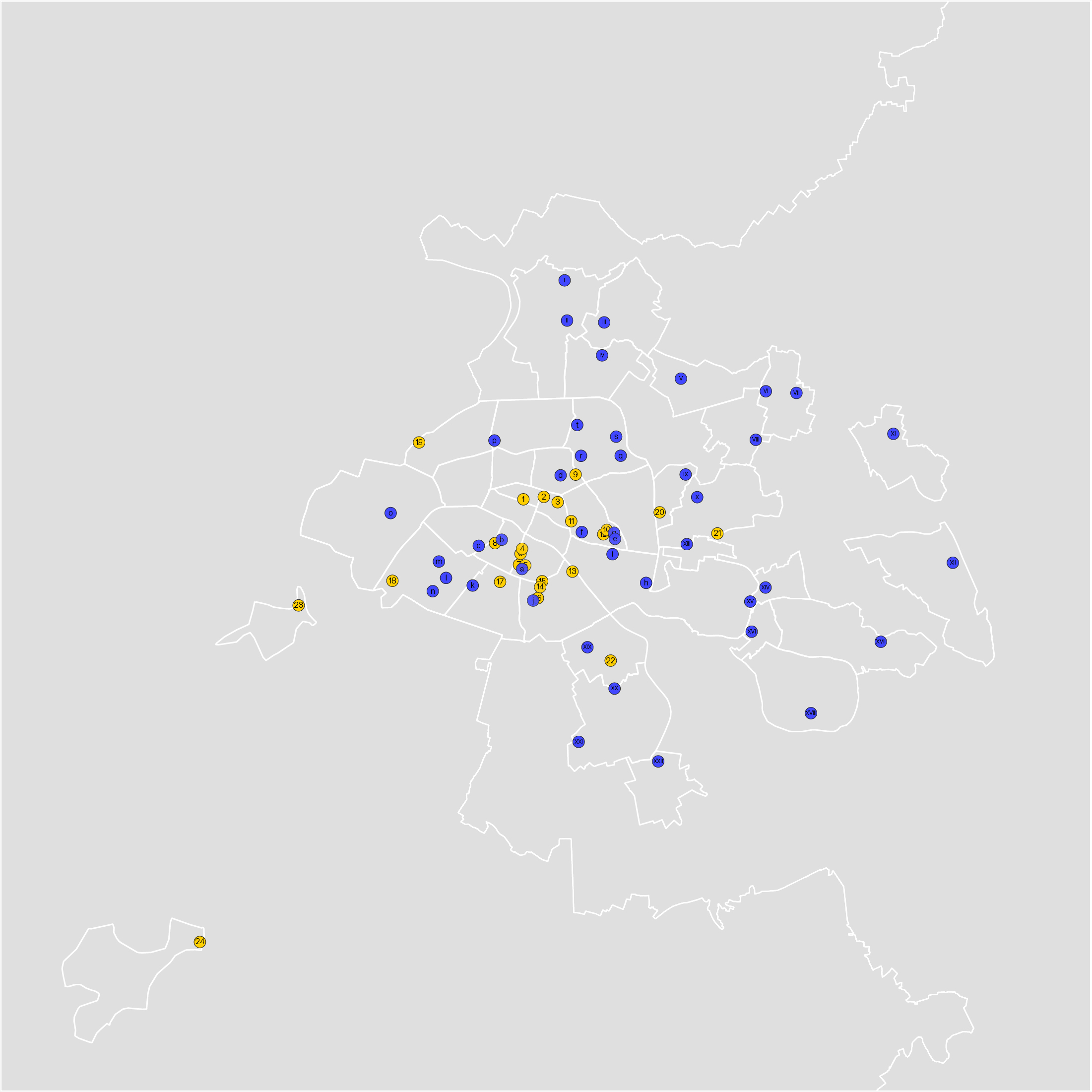Antoine Tour
. . A material library ranging from material informations to architectural programming
A typical material library is defined by the collection of a large amount of materials, organized according to a hierarchy and a classification of related knowledge. It is structured on a relevant classification methodology that can stimulate the researcher and determines how to find the information he seeks. In practice, the criteria used to select materials induce all the knowledge relating to one material, including a complete description of the material, as well as empirical and pragmatic information. The qualification of a material’s properties, and the association of different classification methods are some of the structuring issues of this research. Another challenge is to include various information into the database : including transformation and finishing processes (in order to obtain a different material), or information on the material’s qualities, uses and environmental impact. How to offer a standardized and sensitive classification of materials and processes, through a methodology that takes into consideration the different states of matter (properties, qualities, values), in an architectural program ?
In this hypothesis, this research project should be articulated in three stages specific to the feasibility of this material library. Firstly, it will be a question of comparing different methodological approaches by drawing up the state of the art resulting from theoretical research around the relationship between materiality and sensoriality, and by studying the mode of operation of different material libraries. This study should make it possible to establish, from evaluation methods, practical hypotheses and a classification confronting the sensitive properties with the classic approaches from the engineering sciences in order to be able to make them complementary. In a second step, it will be necessary to inventory materials according to all of their shaping stages, by proposing the material not as a finished element but as an intermediate object of design, crossing vocabularies of different craft professions. Finally, it will be a question of setting up a common physical space including the research environment and the material library through a system of spatialized directories, offering the possibility to the actors to meet in a space dedicated to the creation, the safeguard heritage and the sharing of knowledge.


Une matériauthèque classique se définit par la collection organisée d’un volume important de matériaux selon une hiérarchisation et un classement des connaissances afférentes à ceux-ci. Elle se construit selon une méthodologie de classement pertinente propre à stimuler le chercheur et déterminer comment l’information recherchée pourra être trouvée. En pratique, les critères de sélection des matériaux lors de l’élaboration d’un projet induisent la connaissance de l’ensemble des informations liées au matériau à commencer par une description complète de la matière, mais aussi d’informations à caractère pragmatiques et empiriques. La matériauthèque constitue donc un point de départ sous forme de base de données physique en vue de faciliter l’ensemble des recherches autour des matériaux. Comment proposer une classification normée et sensible des matériaux et des procédés de mise en forme, à travers une méthodologie qui prenne en compte les différents états de la matière (propriétés, qualités, valeurs), au sein d’un programme architectural ?
En premier lieu il s’agira de confronter des approches méthodologiques différentes en dressant l’état de l’art issu de la recherche théorique autour de la relation entre matérialité et sensorialité, et en étudiant le mode de fonctionnement de différentes matériauthèques. Cette étude devra permettre de d’établir, à partir de méthodes d’évaluation des hypothèses pratiques et un classement confrontant les qualités sensibles aux propriétés techniques pour pouvoir les rendre complémentaires. Dans un second temps, il sera nécessaire d’inventorier la matière selon l’ensemble de ses étapes de mise en forme, en proposant le matériau non comme un élément fini mais comme un objet intermédiaire de conception, recoupant les différents vocabulaires métiers, et en intégrant autant que possible leur impact environnemental. Enfin, il s’agira de mettre en place un espace physique commun comprenant l’environnement de recherche et la matériauthèque à travers un système de répertoires spatialisé, offrant la possibilité aux acteurs de se rencontrer dans un espace dédié à la création, à la sauvegarde du patrimoine et au partage des savoirs.
